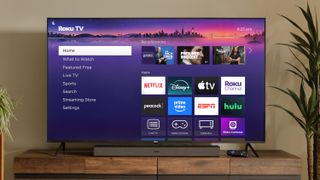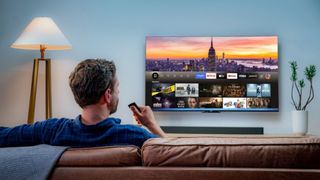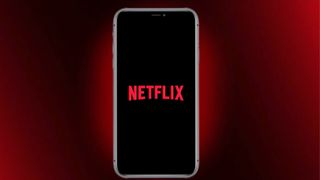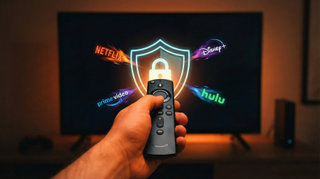Streaming Devices
Latest about Streaming Devices

How to fix Roku freezing and buffering — including a secret remote shortcut
By Kaycee Hill published
Try these Roku TV tips to eliminate buffering, lag, and restore smooth streaming.

Fire TV devices just got a major Alexa+ upgrade that lets you jump to your favorite movie scene — here's how it works
By Ryan Epps published
A new update to Alexa Plus now lets you dive into your favorite movie moments with a simple phrase, so you can watch 'An offer you can't refuse' over and over again.

Netflix's latest update just killed the ability to cast from your phone
By Matt Ng published
Netflix has quietly removed mobile casting for most modern TVs, leaving users to navigate the app with their remotes instead of using their phones.

The Amazon Fire Stick Select now supports VPNs – but not every VPN can be downloaded straight away
By George Phillips last updated
Amazon's Vega OS update is finally live and VPNs are now supported on the new 4K Select Fire Sticks – but only two providers were ready on day one.

These are the 3 best streaming devices we've tested for your TV
By Ryan Epps published
The best streaming devices give you instant access to Hulu, Disney Plus, Max, and more with a multitude of alternative features.

These Fire Stick and VPN Black Friday deals are a match made in heaven
By Mo Harber-Lamond published
Fire Sticks and VPNs both see massive discounts around Black Friday. What's more, they both work incredibly well together – they're the perfect Black Friday combo.

Millions of Roku users just got a major free upgrade — here's what you can do now
By Ryan Epps published
The Roku mobile app is getting a slew of major enhancements, including a new gesture control scheme that will make on-screen navigation much easier.

The Google TV Streamer just hit its lowest price ever ahead of Black Friday — and it just got Gemini support
By Ryan Epps published
The Google TV Streamer is the perfect upgrade for an older TV, gifting you tons of free content, in addition to smart home controls, and even cloud gaming services.

Google TV Streamer 4K just dropped to its lowest ever price ahead of Black Friday — now $74
By Tom Pritchard published
Google Streamer 4K TV is now $25 off in Amazon's early Black Friday sale. And that puts it down to its lowest ever price.

Amazon is discounting the best streaming devices in early Black Friday sale — here’s 7 deals from $27 I’d buy right now
By Alix Blackburn published
Some of the best streaming devices, including Fire TV sticks and premium Roku models, are now discounted early for Black Friday. Here are the top Amazon deals worth grabbing right now.
Here at Tom’s Guide our expert editors are committed to bringing you the best news, reviews and guides to help you stay informed and ahead of the curve!
